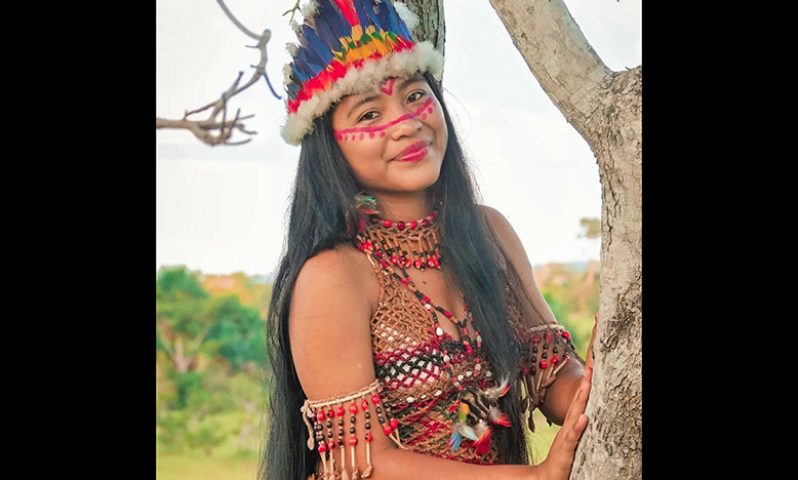By Vanessa Cort
WOMEN have long been acknowledged as the primary caretakers of children and the elderly in every society. They are the nurturers, the fundamental educators and the ‘glue’ that keeps the family together. We have a saying in this country that when a mother dies or leaves ‘de family dun’.
The Karam group, based in India, says, “Women are the epitome of strength, love, sacrifice and courage.” And last Tuesday the world celebrated International Day of the World’s Indigenous Peoples 2022 under the theme, “The Role of Indigenous Women in the Preservation and Transmission of Traditional Knowledge.”
When we think about indigenous people in Guyana our minds immediately go to the tribes which make up our Amerindian people, living in our country’s hinterland.
However, there are an estimated 476 million indigenous peoples living in 90 countries across the world. They speak the majority of the world’s estimated 7,000 languages and though they are less than five per cent of the global population, they are 15 per cent of the poorest.
According to the World Health Organisation (WHO), “Indigenous peoples are inheritors and practitioners of unique cultures and ways of relating to people and the environment”.
The United Nations also recognises that this group has been marginalised over the centuries, despite the significant traditional knowledge base they possess, which has allowed them to develop modes of survival and “ideas about meanings, purposes and values”.
And UNESCO defines ‘traditional knowledge’ as “a cumulative body of knowledge, know-how, practices and representations maintained and developed by peoples with extended histories of interaction with the natural environment.”
Despite this undeniable link to nature and their intrinsic understanding of how to preserve and protect the world’s biodiversity, so critical in this time of climate change, the way of life of indigenous peoples is under threat.
The World Bank reports that indigenous peoples have a life expectancy up to 20 years lower than non-indigenous people worldwide, lack formal recognition over land and territories, often the last to receive public investments and “face multiple barriers to participate fully in the formal economy”.
Much of this imbalance has been addressed in Guyana, where our indigenous people enjoy greater participation in the political, economic and social life of the country, with improved infrastructure and education and sweeping land rights.
The role of indigenous women is seen as crucial in all of this as breadwinners, knowledge keepers, caretakers, leaders and human rights defenders. They are considered to be the backbone of indigenous peoples’ communities, playing a pivotal role in the preservation and transmission of traditional knowledge.
Yet, according to the UN indigenous women suffer high levels of poverty; low levels of education; limitations in access to basic sanitation, credit and employment and domestic and sexual violence, among other ills.
It has been noted that indigenous women have made small but significant progress in decision-making affecting their communities and in national affairs and have stood on the frontlines defending the planet’s biodiversity.
But the UN points out that, “The reality, however, remains that indigenous women are widely under-represented, disproportionately negatively affected by decisions made on their behalf, and are too frequently the victims of multiple expressions of discrimination and violence”. This is certainly borne out by the Indian Law Organisation in the US which observes that violence against indigenous women has reached “unprecedented levels” and notes that “the number of missing and murdered American Indian and Alaska Native women and the lack of a diligent and adequate federal response are extremely alarming to indigenous women, tribal governments and communities.”
It is against this backdrop that the UN has chosen to turn the spotlight on indigenous women, disclosing that the gap between indigenous people who have access to employment and education is even wider for indigenous women and calling on us all to “reclaim the role of these heroines”.




.png)









